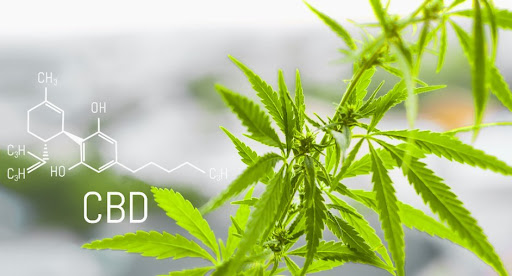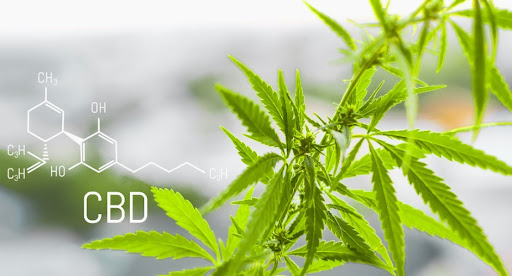
When shopping for CBD products, you’ve likely noticed two common phrases to describe CBD: full-spectrum and broad-spectrum. Both types of CBD are safe and provide similar effects. Still, understanding these two descriptors is vital in knowing what’s in your CBD products and which ones are right for you.
The Spectrums of CBD
CBD is the most common compound of the cannabis plant besides THC. There are three CBD spectrums; broad-spectrum, full-spectrum, and isolate. They differ in how someone extracts them from cannabis and how they interact with the body.
Full-Spectrum CBD
Full-spectrum CBD contains all the compounds naturally found in the cannabis plant, including cannabinoids, terpenes, and flavonoids.
- Cannabinoids: There are more than 100 cannabinoids in cannabis. Cannabinoids, like CBD and THC, are compounds found in cannabis plants that interact with the endocannabinoid system.
- Terpenes: There are more than 150 terpenes found in cannabis. Terpenes give cannabis its flavor and aroma.
- Flavonoids: There are more than 20 flavonoids in cannabis. Flavonoids are chemicals found in all fruits and vegetables. They can affect the color of a plant, and in cannabis, they’re responsible for many therapeutic effects and anti-inflammatory properties.
The primary difference between full-spectrum and broad-spectrum is that full-spectrum CBD products contain traces of THC but are insufficient to cause any psychedelic effects or high. By law, THC must be less than 0.3 percent if the product is a CBD product. If there is more than 0.3 percent, the brand must make that clear on the label and will usually call it a THC product.
Broad-Spectrum CBD
Broad-spectrum CBD contains many cannabinoids, terpenes, and flavonoids naturally found in cannabis. However, the broad-spectrum CBD does not contain any traces of THC.
Isolate CBD
While most products use broad or full-spectrum CBD, there is a third type called isolate. The extraction process to isolate CBD takes significant work, making it the least common of the three spectrums. Isolate is CBD in its purest form. A product labeled isolate CBD contains no other cannabis plant compounds, including no additional cannabinoids, terpenes, or flavonoids. While isolate CBD products are more potent, the benefits aren’t necessarily more effective.
Which Spectrum to Use
For the most part, you can use any spectrum of CBD for any use case. The benefits and effects of all three spectrums are comparable, so the type of CBD you choose is primarily about preference. The main reason people may choose broad-spectrum CBD instead of full-spectrum is because of the THC. While the THC is low and will not cause a high, the THC levels can show up on a drug test, especially if you’re using CBD daily. With that, both broad and full spectrum are safe to use if you follow the recommended dosing instructions and use the products responsibly.
If you have questions about any CBD products or want to learn more about the overall benefits of CBD, stop by our Little Rock storefront, send us a message, or give us a call at 501-398-9868.

